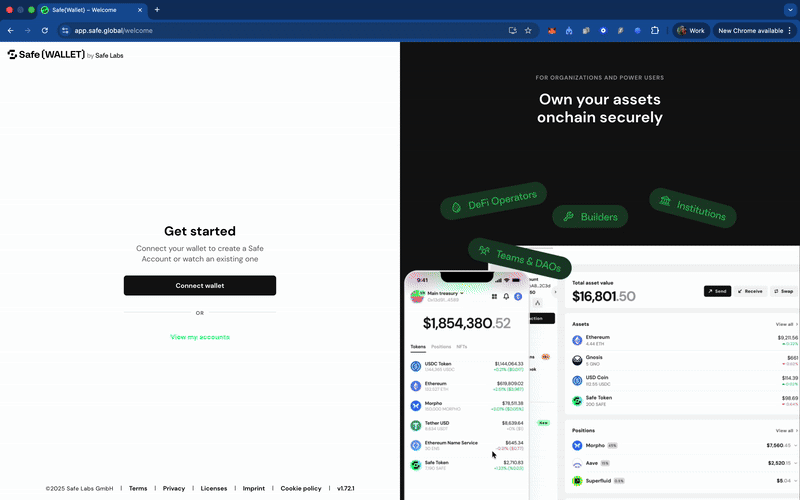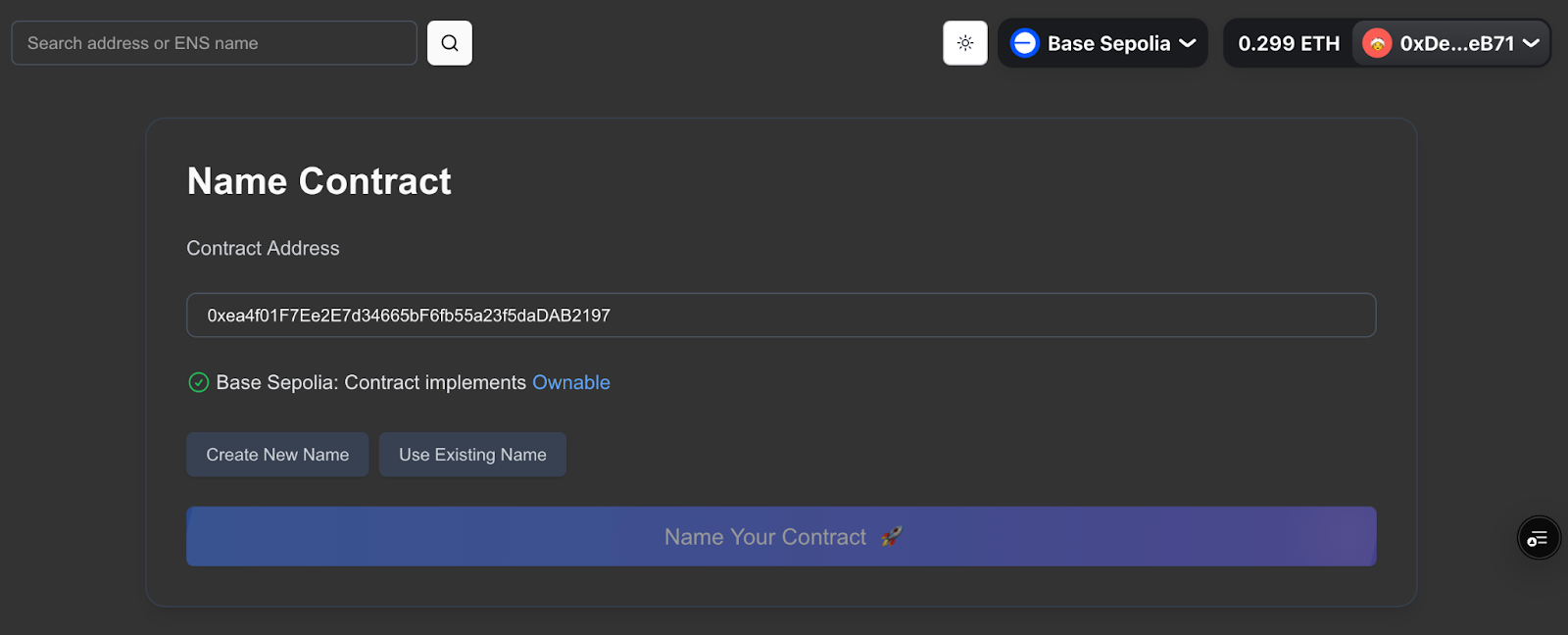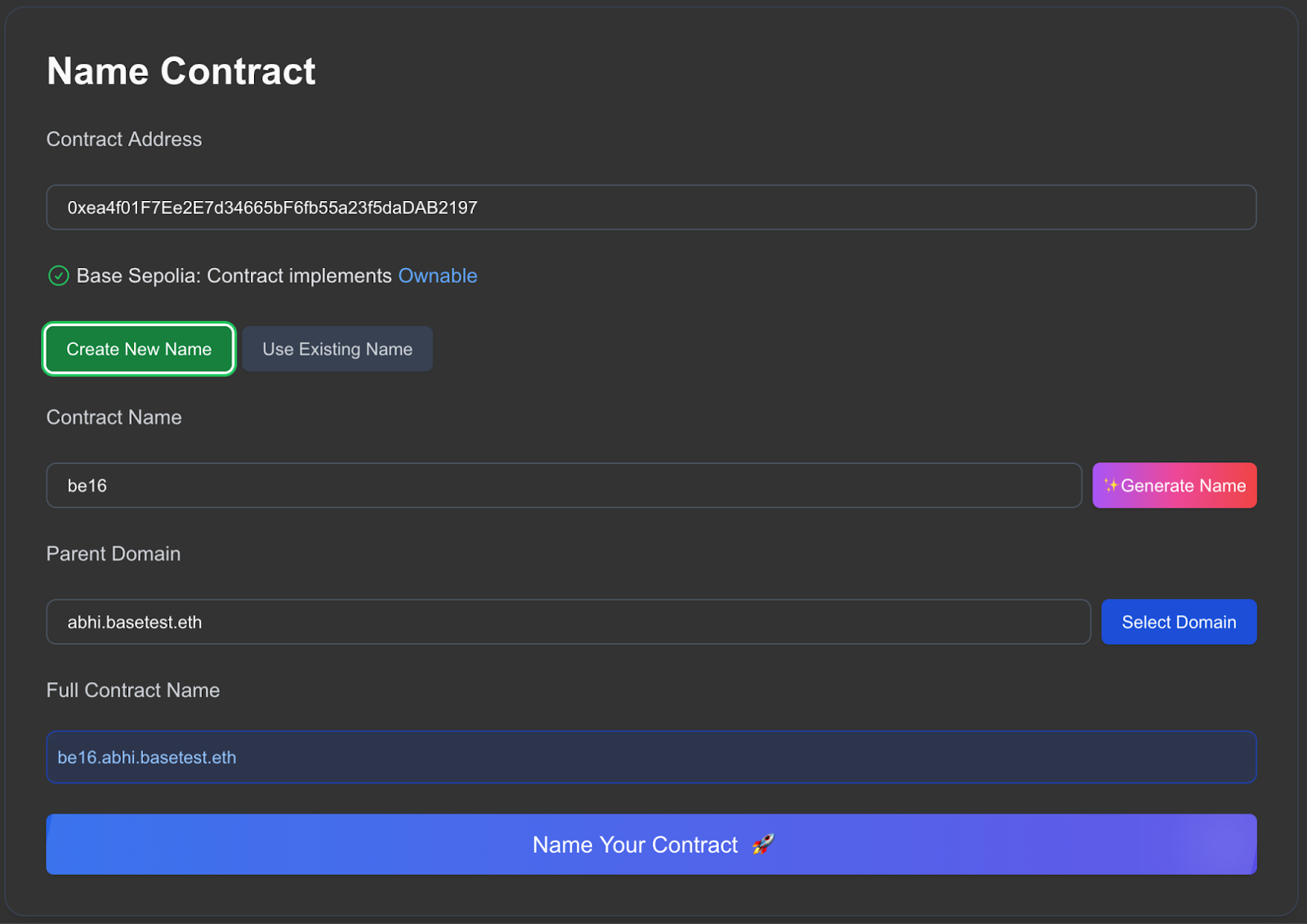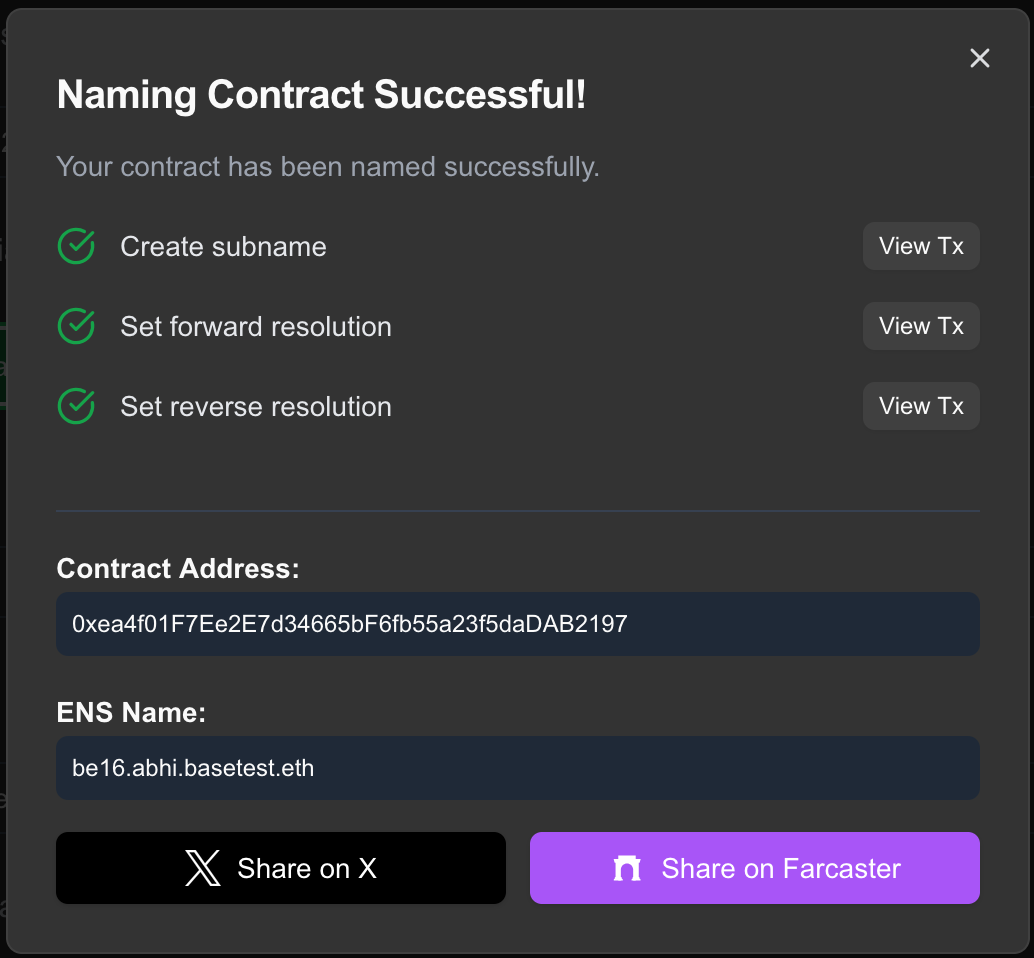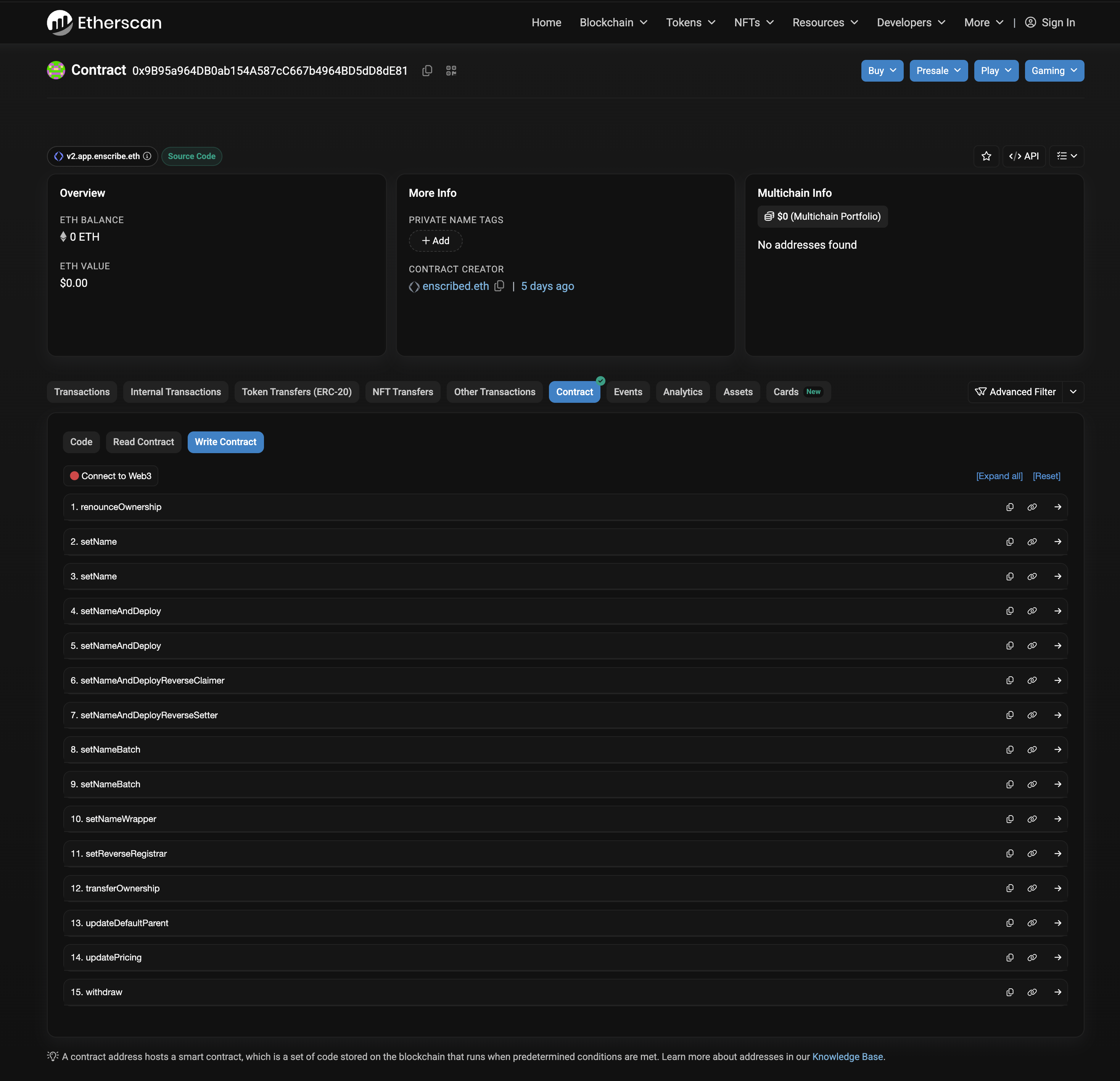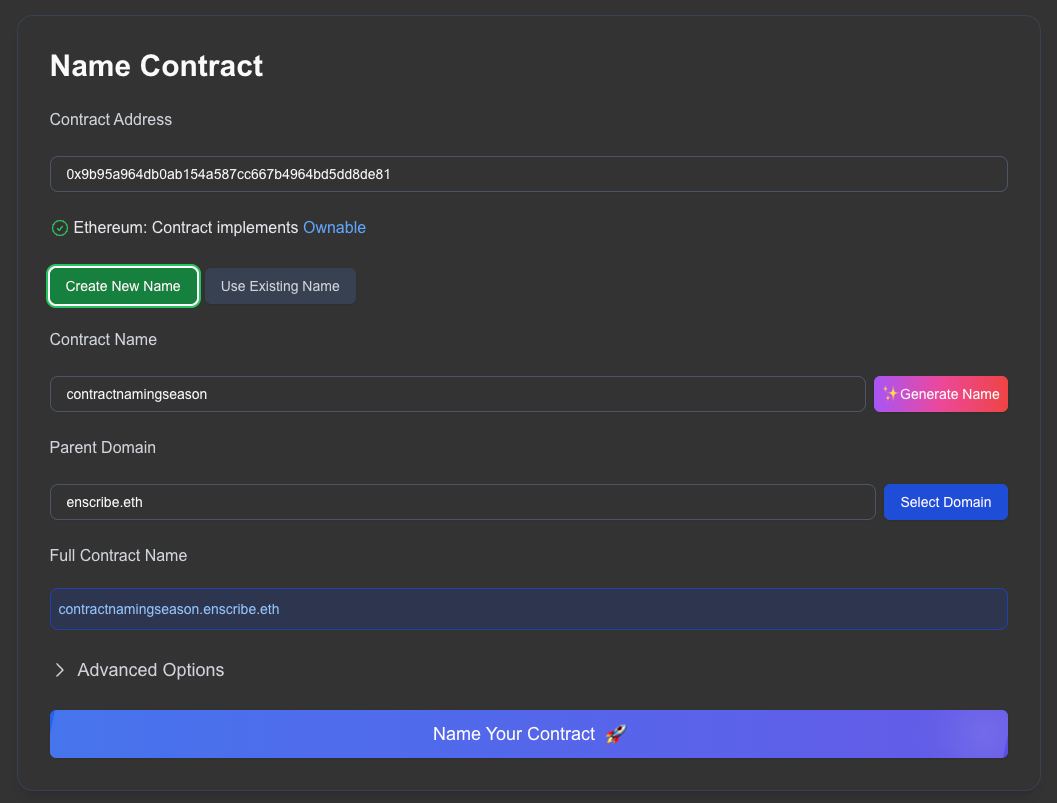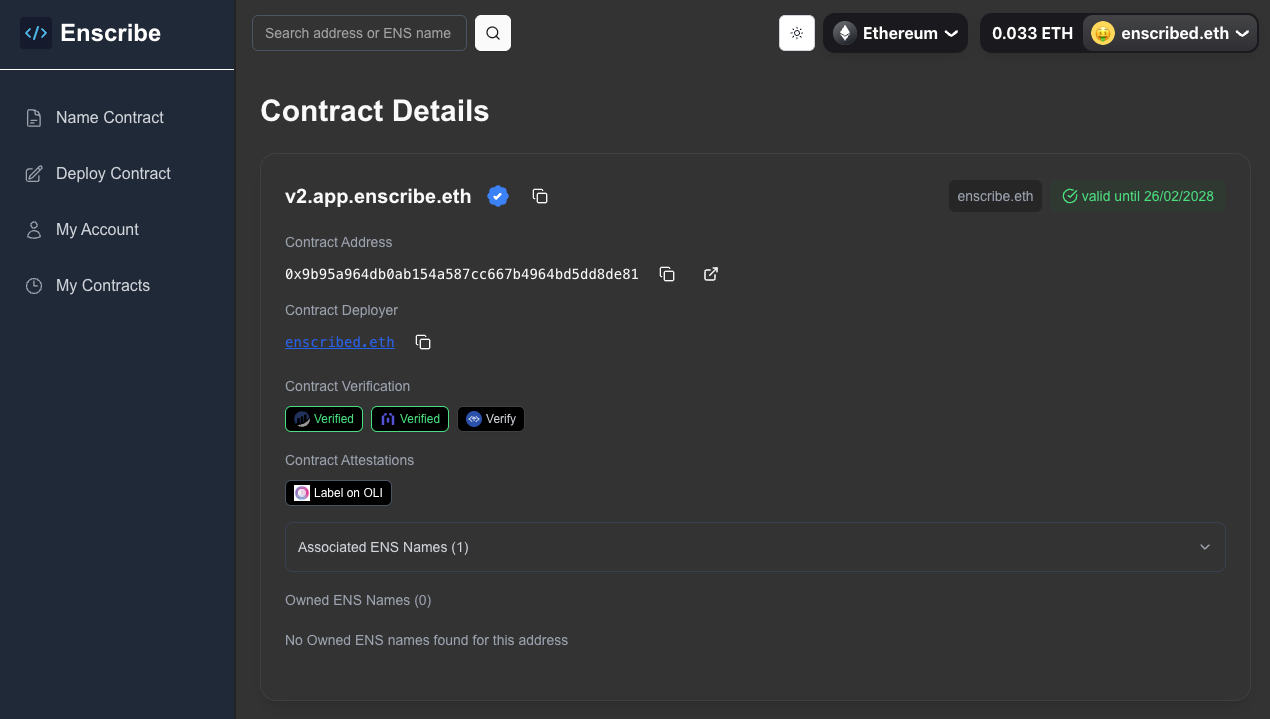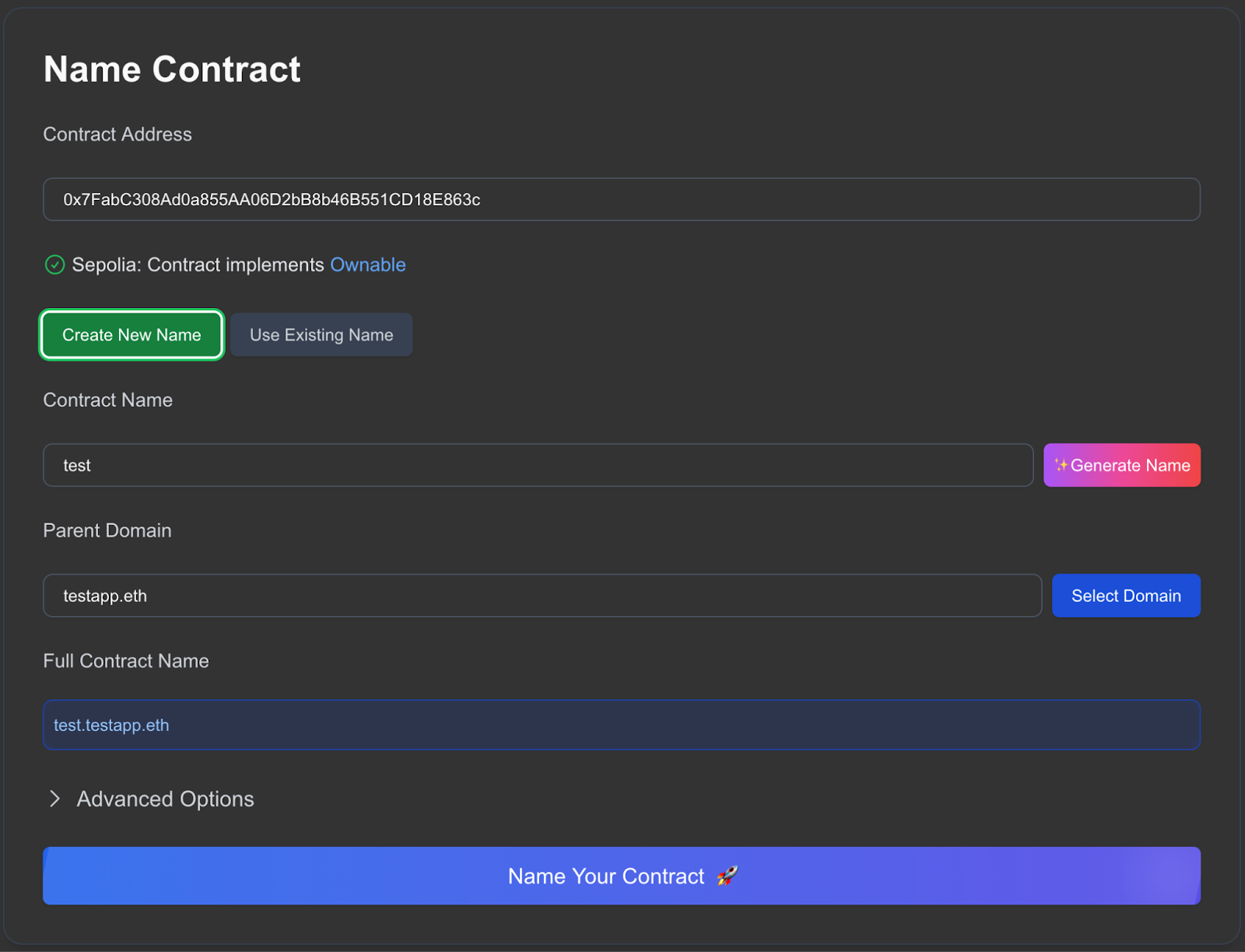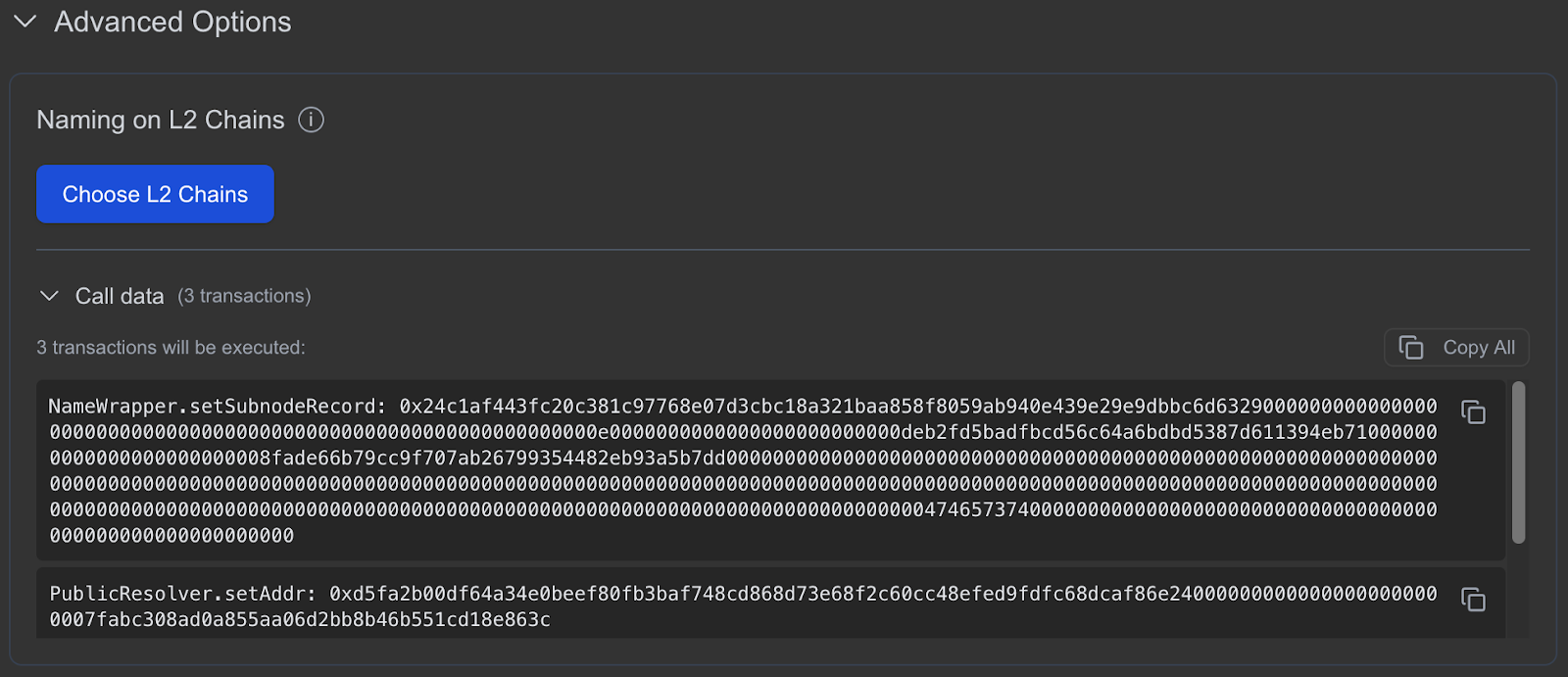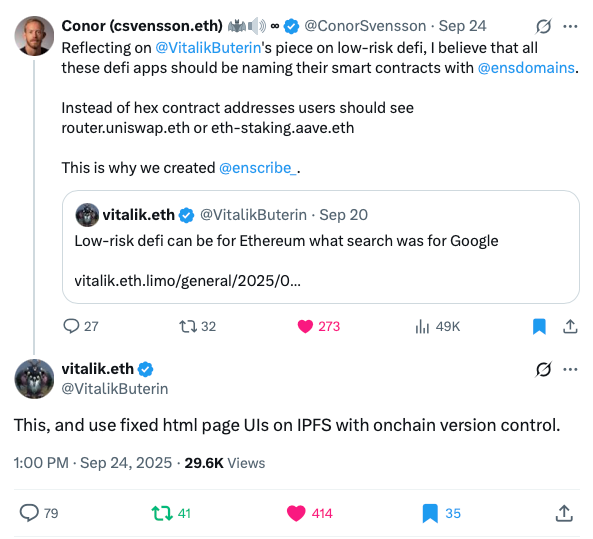Nouns DAO x Enscribe: Bringing Clear, Human-Readable Names to the Nouns Contract Universe
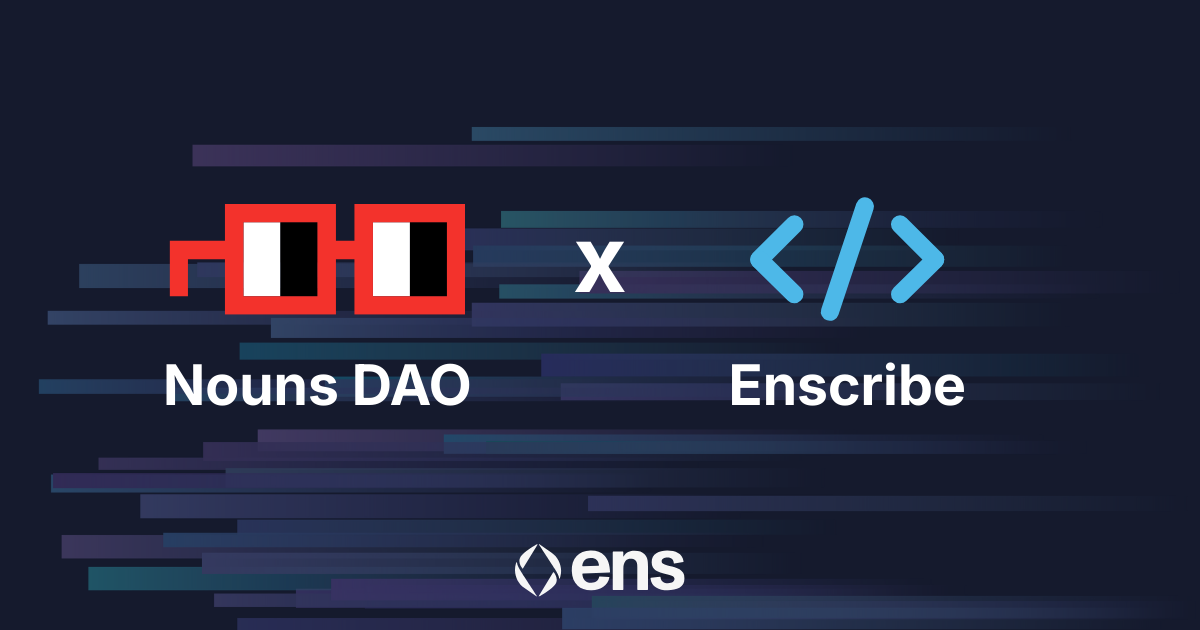
Nouns DAO has rolled out Enscribe-powered ENS names across its contract ecosystem. This change makes the core Nouns infrastructure easier to understand, integrate with, and safer to interact with.
As Nouns has grown, so has the number of contracts powering auctions, governance, treasury movements, builder deployments, experiments, and extensions. But with growth comes complexity, and raw hex addresses don’t communicate the intent or role of a contract to users.
Naming fixes that.
By giving each Nouns contract a clear, verifiable ENS-based identity, the DAO is making its onchain footprint more accessible to builders, researchers, delegates, and collectors who want clarity with their Nouns interactions.
Why Nouns Are Doing This
🔍 Transparency for DAO participants
Delegates and community members shouldn’t have to decode long addresses when evaluating proposals or upgrades. A named contract instantly provides clarification as to which part of the system is being touched.
🛠 Better developer ergonomics
Projects building on or around Nouns, from auction derivatives to governance tools, can integrate faster and with fewer mistakes when contract roles are obvious from their names.
📜 Improved historical traceability
Nouns is one of Ethereum’s most studied DAOs. Clear naming makes it easier to follow how the system has evolved, which contracts relate to which modules, and how upgrades have been deployed over time.
🔐 Reducing user risk
Contract spoofing and lookalike addresses have become more common across the ecosystem. Verified ENS names help users and tools avoid interacting with the wrong address.
How the Naming Works
Each contract receives a structured ENS name that reflects its purpose within the Nouns architecture. Examples include:
- auction.nouns.eth
- candidates.nouns.eth
- rewards.nouns.eth
- streams.nouns.eth
- proposals.nouns.eth
- delegations.nouns.eth
- traits.nouns.eth
You can read more about them on the contract naming proposal that was executed.
These names form a browsable, consistent directory of the Nouns DAO contract suite. Wallets, explorers, and dashboards that support ENS resolution will automatically display these identities, making interactions clearer everywhere they appear.
What This Means for the Nouns Ecosystem
For delegates:
You can verify contract changes in governance proposals without needing to cross-reference addresses manually.
For builders:
Integrations become safer and less error-prone. Tooling becomes easier to maintain. Dependencies become clearer.
For researchers and historians:
Tracking protocol evolution becomes significantly more intuitive.
For the community:
Greater clarity around what powers Nouns under the hood, with greater confidence when interacting with the DAO’s infrastructure.
Name Your Contracts. Strengthen Your Protocol
Naming isn’t just for Nouns, it’s for anyone building on Ethereum.
Whether you’re a DAO, social app, game, or DeFi protocol with dozens of contracts, Enscribe helps you structure and create trust for your users.
Join the growing standard for Ethereum: Name your contracts with Enscribe.
Happy naming! 🚀

